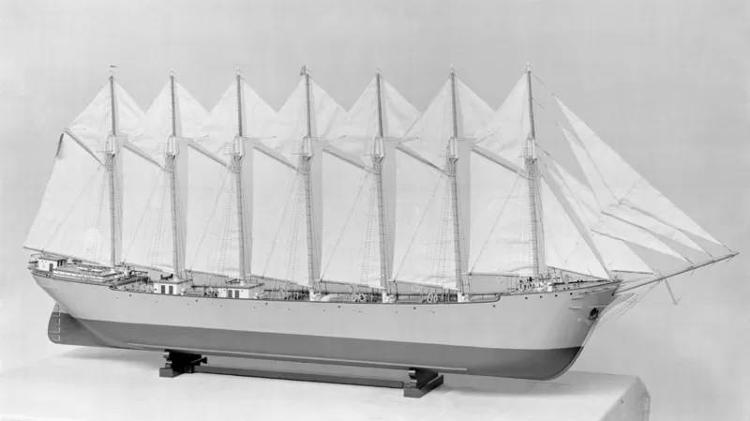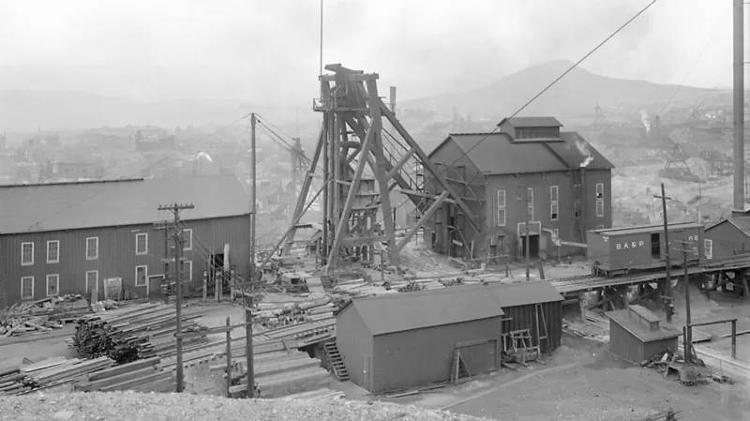Although superstition is ancient, it is considered to have fixed history in the modern consciousness with Friday the 13th, which tells the dark tale of a Wall Street broker who manipulates the value of stocks to take revenge on his enemies. , leaving them in misery.
Friday and the number 13 are already associated with bad luck, according to Steve Roud, author of Penguin’s Guide to Great Britain and Ireland Superstitions.
“Since Friday was the day of the (Jesus Christ) crucifixion, Friday was always seen as a day of repentance and abstinence,” he says.
“Religious belief has become a widespread reluctance to start something or do anything important on Friday.”
Around 1690, an urban legend began to circulate that having 13 people in a group or around a table was bad luck, Roud explains.
Theories behind associating the number 13 with bad luck include the number of people present at the Last Supper and the number of witches in a clan.
Until those two elements, Friday and the already fearful number 13 in isolation, came together in Thomas W. Lawson’s book.
But history’s relationship with Lawson does not end there. Legend has it that a few months after publishing his novel, or rather on Friday, December 13, 1907, a huge boat that he had built and named after him sank.
The sinking actually happened in the early hours of Saturday the 14th, but it was still Friday the 13th in Boston, where Lawson lived.
The ship was the largest sailing ship ever built without a propulsion engine. It was carrying around 60,000 barrels of light oil when it sank, and the spill it caused is considered the first major ecological disaster of its kind.
Lawson’s connection to Friday the 13th was just one of the reasons that made it so memorable. Another was born and died in poverty, meanwhile becoming one of the richest men in the United States.
financial manipulator
Lawson was born in Charlestown, Massachusetts in 1857 and lost his father, a Civil War veteran, who died from wounds received as a child.
She was forced to work at age 12 and got a job as a courier at a bank in Boston. There she began to feed her ambition to become rich.
He specialized in buying and selling stocks at a very young age, and historians say he had an extraordinary ability to select securities that would be most appreciated.
But his wealth would be built in a dubious way: using his knowledge to manipulate financial markets.
Because Boston was the financial center of this industry, Lawson specialized in mining, particularly in the copper market.
The copper boom of the late 19th century helped him become a multimillionaire.
But as he got richer, many of the clients he recommended lost large sums of money, making him one of the so-called Gilded Age’s most controversial “thief barons.”
‘Unified Copper Company’
One of its first failures was its drive to invest in the Grand Rivers iron mines in Kentucky, which proved to be unsuccessful.
But his most questioned—and then most lucrative—job was his involvement in the creation of the Amalgamated Copper Mining Company, a conglomerate that was expected to monopolize the copper industry just as the Rockefeller brothers’ Standard Oil monopolized oil.
Lawson worked on the deal with William Rockefeller and Standard Oil director Henry Rogers.
In 1899, Amalgamated Copper bought the successful copper miner, Anaconda Copper Company, in a deal that some experts called “the best deal in the history of Wall Street” – and one of the “most dishonest” deals by some.
Wanting to buy a stake in the company promoted by the big business barons, shareholders paid a fortune for the bonds (Amalgamated Copper didn’t even have real executives, they were employees of Standard Oil), not realizing that it was a shell company.
Eventually, it turned out that the holding company was created as part of an ingenious plan to acquire the Anaconda Copper Company, which would become one of the world’s most important mining companies in the 20th century.
Amalgamated Copper never monopolized the copper industry and its inflated shares tumbled.
From speculator to reformer
Not content with his bad reputation, Lawson made new enemies when he published a series of articles in 1906 under the title “Finance Frantic: The Amalgamated Story” in which he revealed his dark dealings with Rockefeller associates. and Rogers.
The material has also been published in book format.
Beginning to suffer heavy economic losses in the early 20th century, the billionaire admitted to committing a series of crimes and violations, from bribing members of the Legislature to “juggling” people’s money.
One of the chapters of the book also denounced “how Wall Street’s manipulations are affecting the country”.
Lawson had become a reformer. He published more accusations of the evils of what he called the “system,” including his 1907 novel Friday the 13th.
However, neither the public he cheated on nor his ostracized colleagues were interested in hearing his ideas on how to make the financial market fairer.
To reject
The eccentric personal life of the businessman, who built a huge complex called Dreamworld (Dream World) in the city of Sciutate, in addition to expensive ships like Thomas W. Lawson, squandered his fortune.
In the 1920s his debts were so high that he had to auction off his property.
He died poor and marginalized in 1925.
But his legacy has been preserved. Some even point to his business genius (in 2007, author Ken Fisher included him in the list of “100 Minds That Made the Marketplace”).
Others praise his attempts to reform Wall Street, where he spent and earned a lot of money and effort before seeing his fortunes change.
And there are other geniuses who enjoy the productive mind of this financier who has unwittingly turned into a justice and a writer.
For example, if you are reading this article while sitting or sitting on your sofa in the living room of your home, you may owe your comfort to Lawson, who designed one of the most popular sofa models in the USA. still bears your name.
source: Noticias


